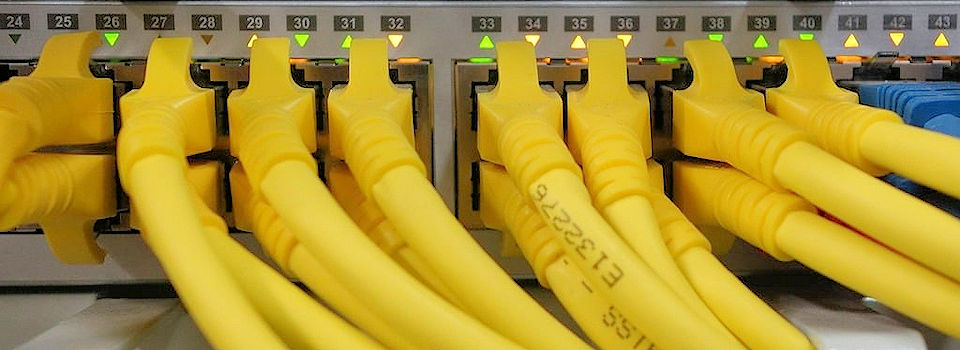We love bringing new and improved features to MIDAS throughout the course of the year, and our latest update v4.16 is no exception!
If you frequent our website, blog, or social media channels, you’ll likely already be aware of some of the exciting improvements we’ve been busy working on for this update, but we’re now excited to announce the release of MIDAS v4.16!
Here’s What’s New & Improved in v4.16:
- New: Optional Quick Tour of the user interface upon each user’s first login
- New: Advanced Print Filter
- New: Advanced Invoice Generation Filter
- New: “Can Manage Addons” user permission
- New: Option to honor user’s Do Not Track browser preference
- New: Support for importing bookings containing resources
- New: Merge Venues tool
- New: Custom “Range” (slider) booking field
- New: Option to automatically combine similar emails to reduce outgoing email volume
- Improved: Filter invoices to show those more than 7, 14, or 30 days overdue
- Improved: CSV import support
- Improved: MIDAS now indicates if you’ve been automatically logged out due to your IP address changing
- Improved: Now possible to limit resource category when printing bookings with resources in “grid” layout
- Improved: “My Messages” notifications received from other users can now be clicked to compose quicker replies
- Improved: Search results display when searching documentation
- Improved: Recent Activity Log now records changes to Day Notes
- Improved: LDAP logging
- Optimization: Performance improvements and code optimization
- Fixed: Cumulative roll-up of various fixes for issues discovered since v4.15
How To Get MIDAS v4.16…
New To MIDAS?
We are committed to fair and accessible pricing for all organizations regardless of size. We’re totally upfront and transparent about our pricing structure, and you can purchase MIDAS v4.16 securely through our website and be up and running in no time!
“Self Hosted” Customers:
Self-Hosted customers with ongoing Annual Support Subscriptions will be able to update to v4.16 in the next few days. It only takes a couple of clicks – simply log in to your MIDAS system and go to MIDAS Admin Options → Manage MIDAS → Update
“Cloud Hosted” Customers:
Cloud-Hosted customers don’t need to do anything! – All our active Cloud-Hosted MIDAS customers have now been automatically updated to the latest version of MIDAS!
We love hearing from our customers, so let us know what features you’d like to see in future updates to our software by voting on our feature request page!



 Current versions of Edge, Chrome, and Firefox browsers fully support HTTP/2.
Current versions of Edge, Chrome, and Firefox browsers fully support HTTP/2. Current versions of Safari support HTTP/2 on OSX 10.11+
Current versions of Safari support HTTP/2 on OSX 10.11+ Internet Explorer 11+ supports HTTP/2 on Windows 10 only
Internet Explorer 11+ supports HTTP/2 on Windows 10 only